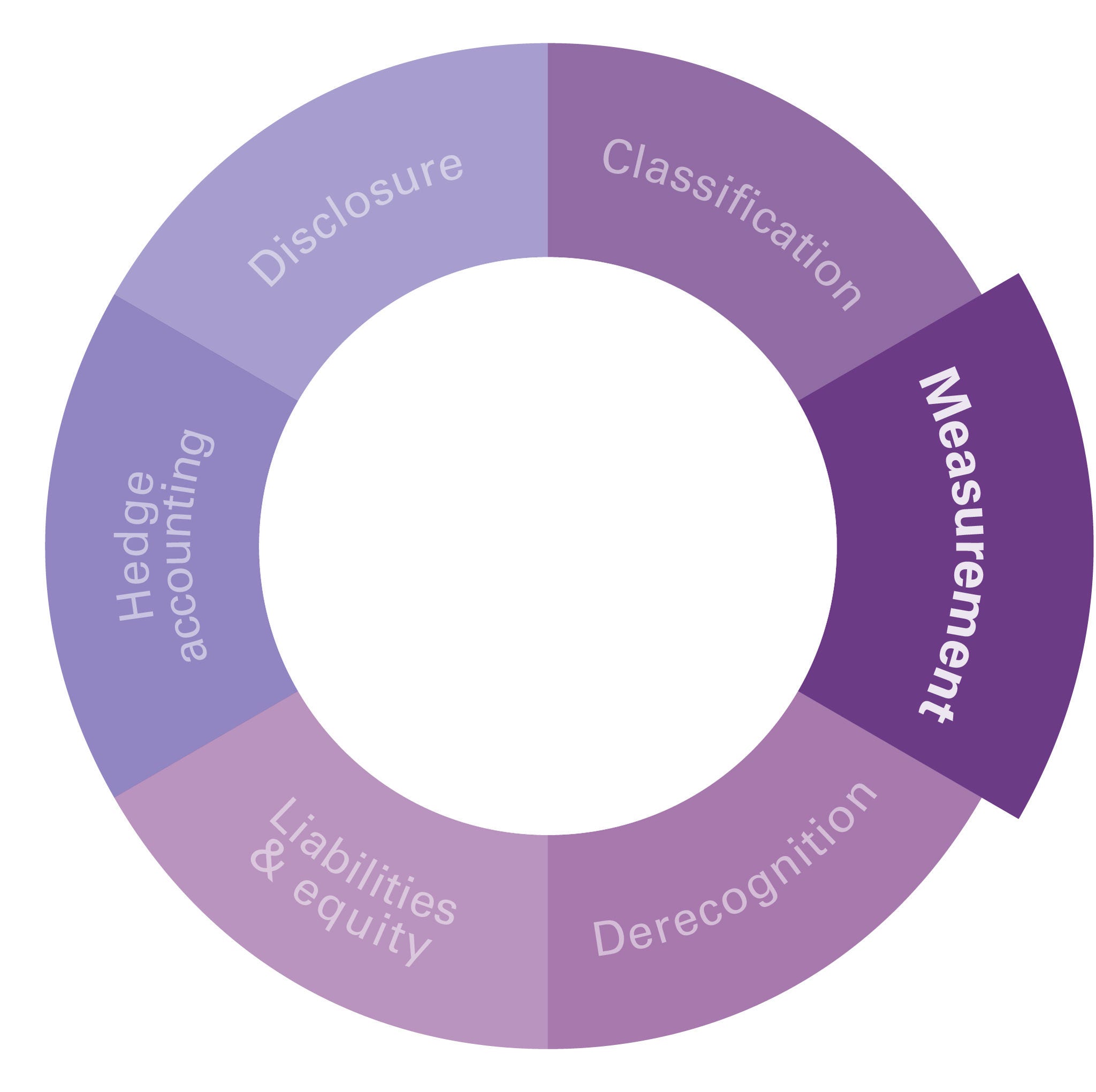AASB 9 Financial
There has been an increase in entities obtaining relief from their obligations under loan agreements. Whilst the relief can take many different forms, here we illustrate how a borrower accounts for a deferral of loan repayments.

Scenario
Company B has a loan from a bank with the following key terms as at their 30 June 2021 reporting date:
- carrying amount immediately prior to the deferral is $1,000,000
- 3 years remaining on the loan
- monthly interest payments of $5,000 with $1,000,000 principal due on maturity
- effective interest rate of 6% p.a. (monthly interest of 0.5%).
In response to financial difficulties suffered during the COVID-19 pandemic, Company B secures a loan repayment deferral from its bank as at 30 June 2021.
The terms of the deferral:
- interest payments are not required for 6 months
- loan term is extended by 6 months
- compound interest continues to accrue on the outstanding balance; and
- at the end of the deferral term, monthly repayments are increased to $5,9241 to make up for the missed payments.
Q&A
Interpretive response
The carrying amount of the loan is calculated by discounting the cash flows under the new terms at the original effective interest rate of 6%. This amounts to $1,000,0002. Monthly interest continues to accrue at 6% p.a.
The carrying amount does not change because interest continues to accrue on the loan over the deferral period and Company D makes up for these missed payments through higher repayments over the term of the loan3.
Footnotes
- The new monthly interest payment is based on the extended maturity date. This amount ensures that all interest accrued over the term is repaid by the maturity date of the loan.
- This is not a substantial modification.
- Over the life of the loan, Company B incurs an additional $33,269 of interest expense as a result of the deferral, being the difference between the total interest expense recognised over the life of the loan under the original terms compared to the total interest expense incurred under the new terms.
Getting technical
AASB 9 requires an entity to account for a substantial modification of the terms of a financial liability as an extinguishment of the original financial liability and the recognition of a new financial liability. [AASB 9.3.3.2]
The terms are substantially different if the discounted present value of the cash flows under the new terms discounted using the original effective interest rate, is at least 10 per cent different from the discounted present value of the remaining cash flows of the original financial liability [AASB 9.B3.3.6].
Where the terms of the loan are not substantially different, then the amortised cost of the liability is recalculated, and the resulting gains or losses are recognised in profit or loss. [AASB 9.B5.4.6]
Get in touch
More financial instruments Q&A
- How does a borrower account for a waiver of loan repayments?
- How does a borrower account for loan repayment holidays obtained during the COVID-19 pandemic?
- When do loan modifications result in derecognition?
- How does a borrower account for a modification to a prepayable fixed rate loan?
- What is the impact of modifying a floating rate loan?
- How do new costs and fees impact modification accounting?
- Does the effective interest rate change with non-substantial loan modifications?
- How does a borrower account for loan renegotiation costs?
- How are unamortised transaction costs accounted for on loan modification?




